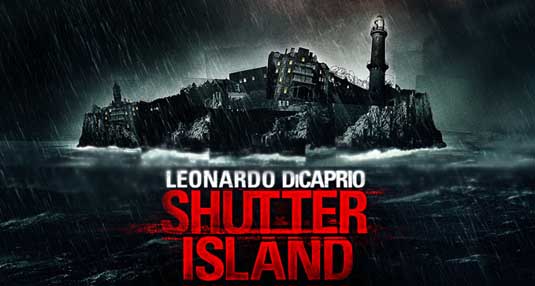We thought we would use the idea of an old house where a family were killed, all except one. The girl who survived is then a detective going back to view the case in a house inspired by the one below:

We thought of:
- having newspaper articles, clippings and old photographs etc put up all over a wall and using certain letters and sentances to highlight the credits much arranged like the picture below

- using a pan shot to show the clippings
- maybe having an old photograph of the surviving girl and a close up point of view shot from the picture to the woman present age.
- we could used spooky music and quick cuts back to a flashback if we end up giving ourselves enough time.
